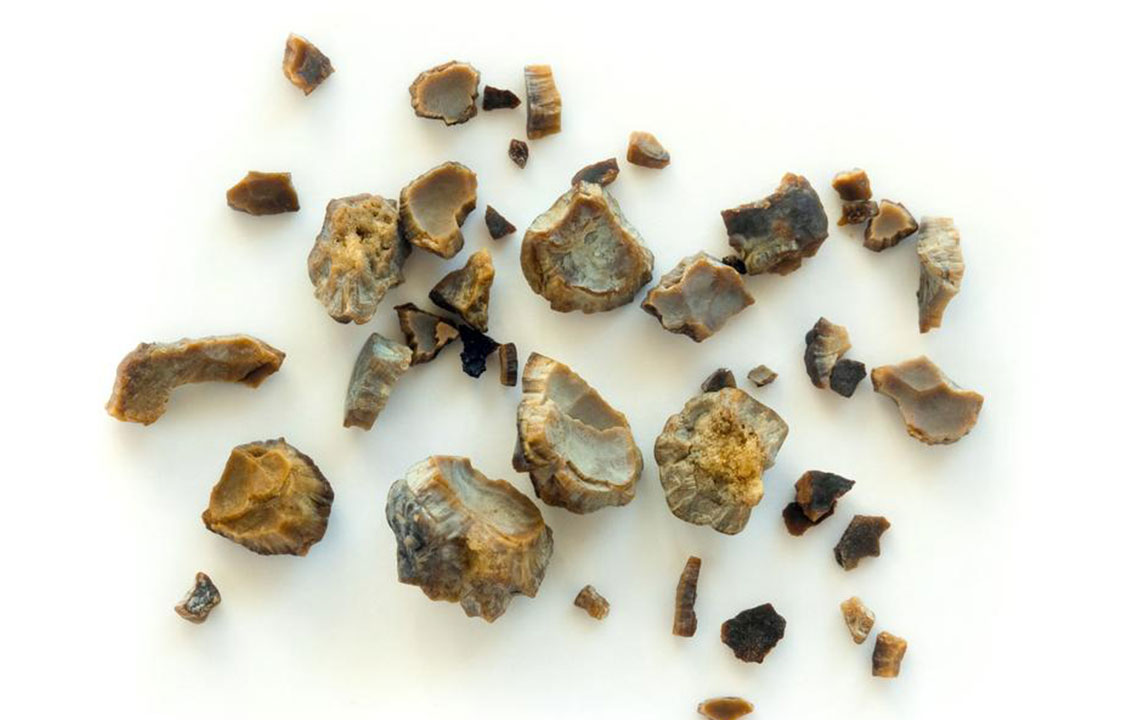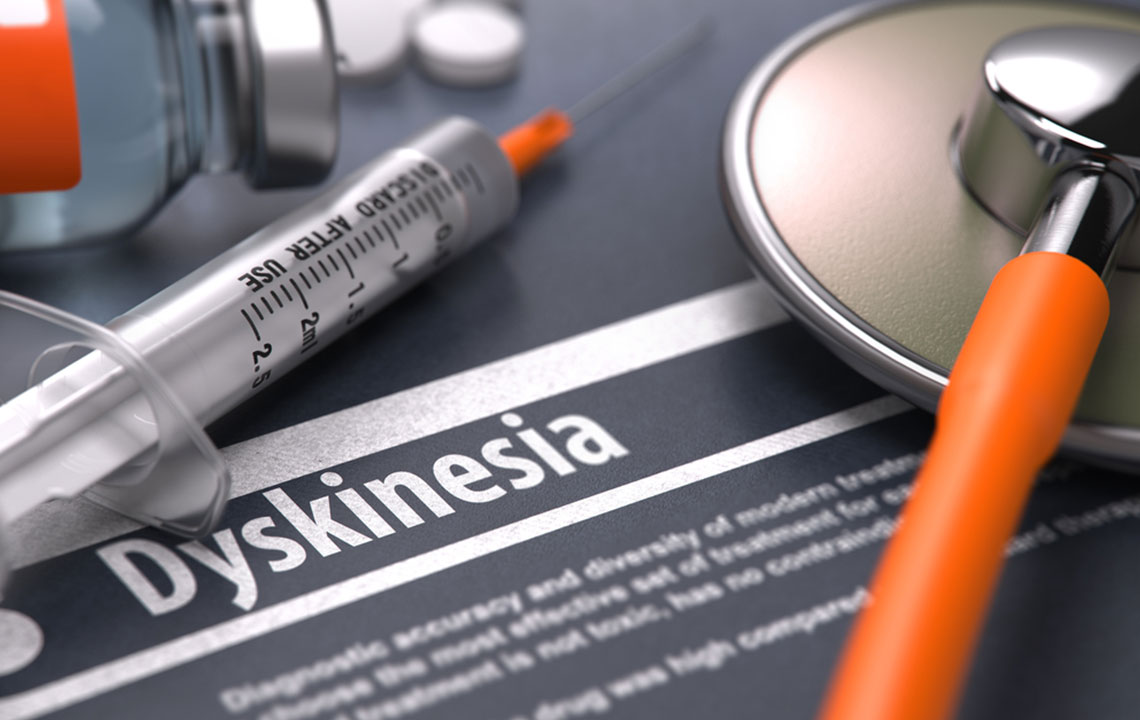Comprehensive Guide to Uric Acid Kidney Stones: Causes, Risks, and Effective Treatments
Learn everything about uric acid kidney stones, including causes, risk factors, symptoms, and effective treatment options. This comprehensive guide helps you understand how diet, genetics, and lifestyle influence stone formation and what preventive measures can protect your urinary health. Discover strategies like hydration, dietary modifications, medications, and surgical options to manage and prevent uric acid stones effectively.

Comprehensive Guide to Uric Acid Kidney Stones: Causes, Risks, and Effective Treatments
Uric acid stones are a type of kidney or urinary system stone formed by the crystallization of uric acid within the urinary tract. These stones are known to cause severe pain, blockages, and infections if not diagnosed and treated promptly. Understanding their formation, risk factors, and effective treatment options is essential for prevention and management.
Understanding Uric Acid Stones: What Are They?
Uric acid stones are mineral crystalline formations that develop when certain conditions within the body promote the saturation of uric acid in the urine. Uric acid, a waste product arising from the natural breakdown of purines found in many foods, usually dissolves in the urine and is excreted via the kidneys. However, when uric acid levels become abnormally high or the urine becomes excessively acidic (with a pH below 5.5), the risk of uric acid crystal formation increases significantly, leading to stone development.
These stones are particularly problematic because they are often associated with metabolic disorders and dietary habits, making lifestyle adjustments and medical interventions critical in their management.
Factors Contributing to Uric Acid Stone Formation
Genetic predispositions play a crucial role, especially if there is a family history of gout or kidney stones. Such hereditary factors can influence uric acid levels and the body's ability to process purines effectively.
Dietary choices heavily impact uric acid levels. Consuming foods high in purines, such as red meats (beef, pork), organ meats (liver, kidneys), and certain seafood (anchovies, sardines, shellfish), can lead to increased uric acid production.
Overweight and obesity are significant risk factors, as excess body weight can alter metabolic processes, raising uric acid levels. Insulin resistance, common among diabetics, further exacerbates the risk by impairing uric acid excretion.
Medical treatments like chemotherapy and certain medications can disturb normal metabolic functions, increasing susceptibility to uric acid accumulation and stone formation.
It's important to recognize that individual predispositions vary, and dietary habits alone do not determine stone formation. Factors such as hydration levels, overall health, and metabolic function also contribute.
Symptoms and Risks Associated with Uric Acid Stones
People with uric acid stones may experience symptoms such as severe flank pain, hematuria (blood in urine), nausea, vomiting, and urinary urgency or frequency. Larger stones or those that obstruct the urinary tract can lead to infections or kidney damage if not addressed timely.
In some cases, small stones (less than 7mm) can pass through the urinary tract naturally, often unnoticed, but ongoing risk of recurrence demands effective management strategies.
Prevention and Treatment Strategies
Effective prevention starts with lifestyle modifications. Hydration is paramount; increasing water intake to at least three liters per day helps dilute urinary uric acid, preventing crystals from forming. Dietary adjustments are equally important—reducing intake of purine-rich foods, limiting alcohol consumption, and maintaining a balanced diet contribute significantly to lowering uric acid levels.
Medical treatments may include medication to alkalinize the urine, such as potassium citrate, which raises urine pH and dissolves uric acid stones more effectively. In cases where stones are persistent or causing complications, surgical removal might be necessary. Techniques such as extracorporeal shock wave lithotripsy (ESWL) or minimally invasive surgery are utilized depending on the size and location of the stones.
Monitoring uric acid levels and urine pH regularly helps manage the condition proactively, minimizing recurrence risks and promoting long-term health.
In essence, a combination of dietary moderation, adequate hydration, and medical intervention forms the backbone of effective uric acid stone management. Recognizing early symptoms and seeking timely medical advice are essential steps toward preventing severe complications and ensuring optimal urinary health.





